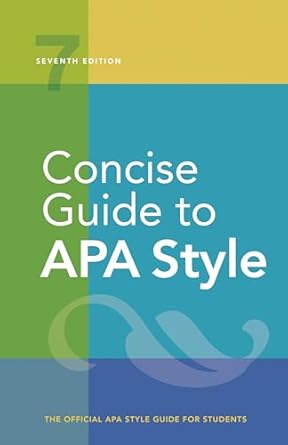[toc]
age bias in research a guide to inclusive language
Concise Guide to APA Style: 7th Edition (OFFICIAL)
Page 84 Review
Navigating Age Bias in Research: A Critical Analysis
This excerpt from a bias-free language guide offers valuable insights into how to approach age-related terminology and representation in research.
The text emphasizes the importance of specificity and respect when referring to different age groups, advocating for language that reflects individual self-identification and avoids perpetuating stereotypes.
The Importance of Specificity in Age Reporting
The guide rightly points out the necessity of being precise when reporting age in research.
It advises against broad definitions like “under 18 years” or “over 65 years” unless they are specifically relevant to study eligibility.
As the text states:
“Age should be reported as part of the description of participants in the Method section.
Be specific in providing age ranges, means, and medians (see also Section 3.1).
Avoid open-ended definitions such as “under 18 years” or “over 65 years,’ unless referring, for instance, to broad research study eligibility criteria.”
This level of detail ensures clarity and allows for more accurate analysis and comparison across different studies.
The suggestion promotes better transparency within research, allowing other researchers and the public to fully evaluate the methodology and conclusions.
Respecting Self-Identification: Beyond Binary Gender Categories
One of the most crucial points raised in the excerpt is the importance of using the terms individuals use to self-describe.
This extends beyond the traditional binary categories of boy/girl or man/woman to encompass transgender, genderqueer, agender, and gender-fluid identities.
The guide says:
“Use the terms individuals use to self-describe, whether these are binary gender categories of boy-girl or man-woman or descriptive and possibly nonbinary categories of transgender, genderqueer, agender, or gender-fluid.”
This principle reflects a growing awareness of the importance of inclusive language and respecting individual identities in research.
By using self-identified terms, researchers can create a more welcoming and respectful environment for participants, fostering trust and encouraging more accurate data collection.
Appropriate Terminology for Different Age Groups
The guide offers specific recommendations for age-appropriate language, emphasizing the use of general terms like “person” or “individual” when possible.
As highlighted:
“For an individual of any age, appropriate terms are “person,’ “individual,” and similar terms.
In general, avoid using “males” and “females” as nouns; instead use “men” and “women” or other age-appropriate words (see Section 3.5). “Males” and “females” are appro- priate terms when groups include individuals with a broad age range (e.g., “males” to describe a group that includes both boys and men).”
The guide continues to break down age ranges:
* “For an individual aged 12 years and younger, appropriate terms are “infant” (for a very young child), “child,” “girl,” “boy,” “transgen- der girl” “transgender boy,’ “gender-fluid child,’ and so on.”
* “For an individual aged 13 to 17 years, appropriate terms are “adoles- cent,’ “young person,’ “youth,” “young woman,’ “young man,’ “female adolescent,’ “male adolescent,’ “agender adolescent,’ and so on.”
This nuanced approach demonstrates an understanding of the developmental differences between age groups and the importance of using language that reflects those differences.
Beyond Age: A Broader Perspective on Bias
While the excerpt focuses on age, it also touches upon broader issues of bias in research, such as the ordering of groups in data presentations.
The guide suggests:
“When presenting group data, placing socially dominant groups such as men and White people on the left side of a graph or at the top of a table may also imply that these groups are the universal standard (Hegarty & Buechel, 2006).
When referring to multiple groups, thoughtfully consider the order in which to present them.
Do not put groups in order of social dominance by default; instead, consider options such as alphabetical order or sample size order.
For ease of comprehension, list groups in the same order con- sistently throughout a paper.”
This recommendation underscores the importance of being mindful of how data is presented and avoiding the unintentional reinforcement of social hierarchies.
The guide advocates for thoughtful consideration of presentation methods to ensure equitable representation.
Conclusion
This excerpt from the bias-free language guide provides valuable guidance on how to navigate the complexities of age-related terminology and representation in research.
By emphasizing specificity, respect for self-identification, and mindful data presentation, the guide promotes more inclusive and equitable research practices.
Adhering to these guidelines can help researchers avoid perpetuating harmful stereotypes and create a more welcoming and respectful environment for all participants.
Buy full ebook for only $18: https://www.lulu.com/shop/american-psychological-association/concise-guide-to-apa-style-7th-edition-official/ebook/product-rmzpq54.html?page=1&pageSize=4

